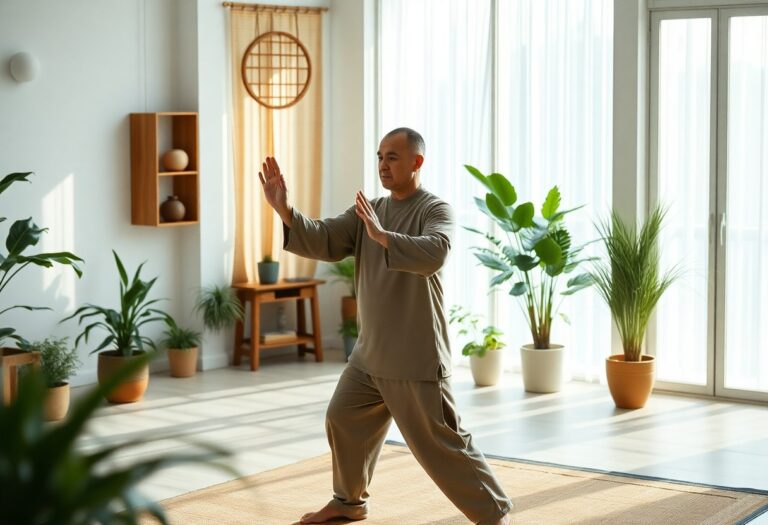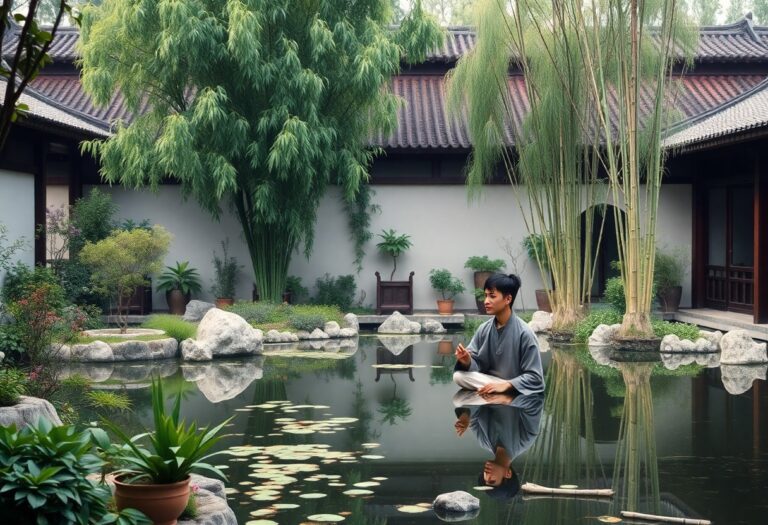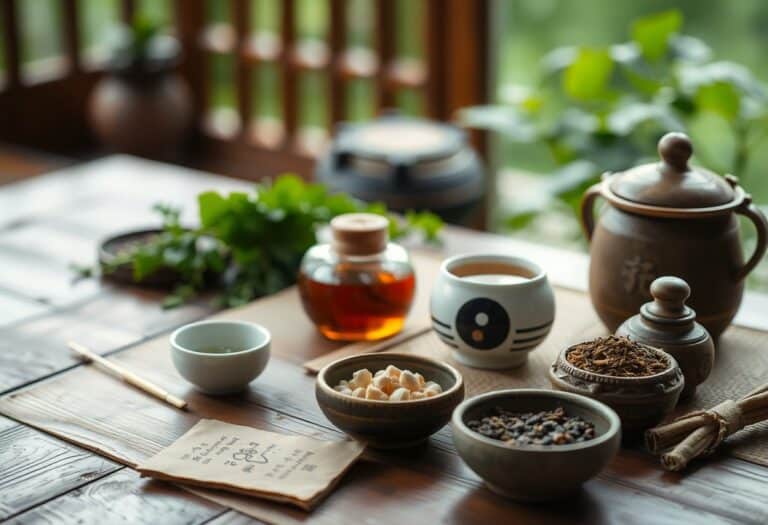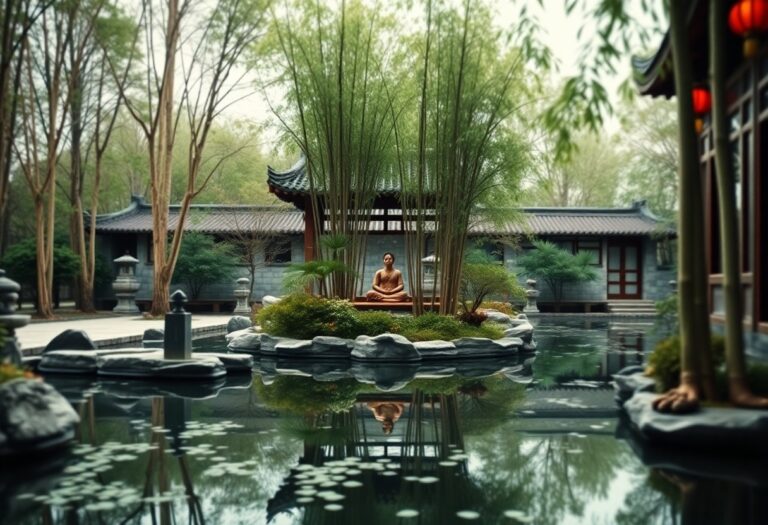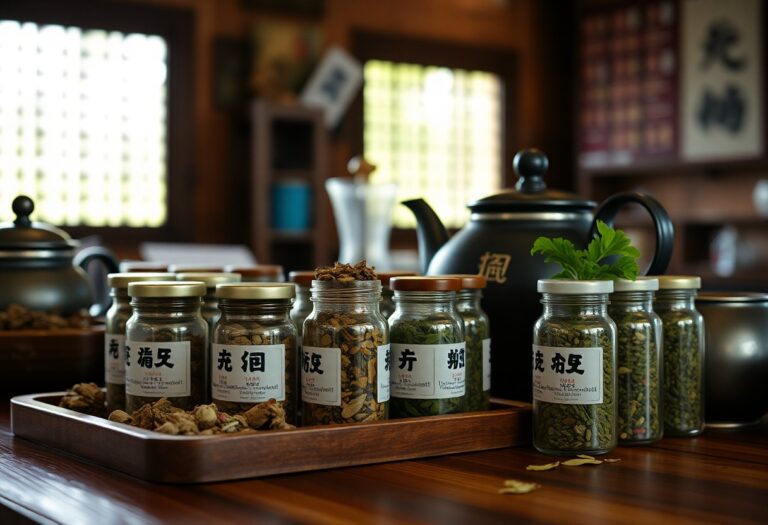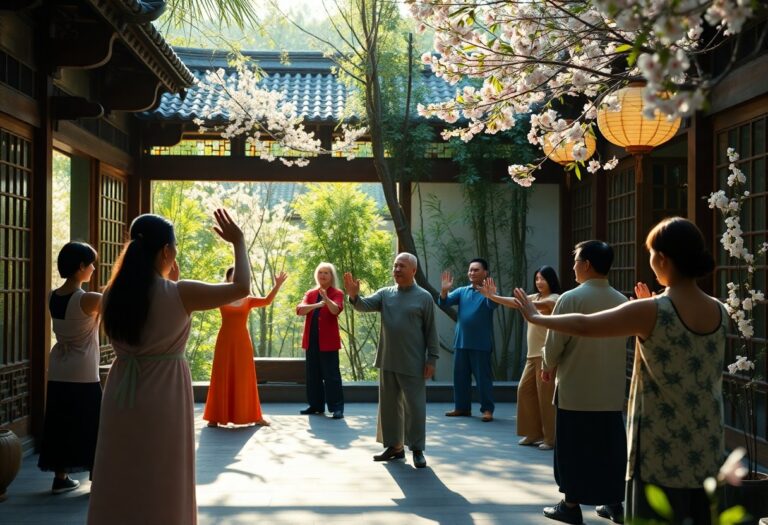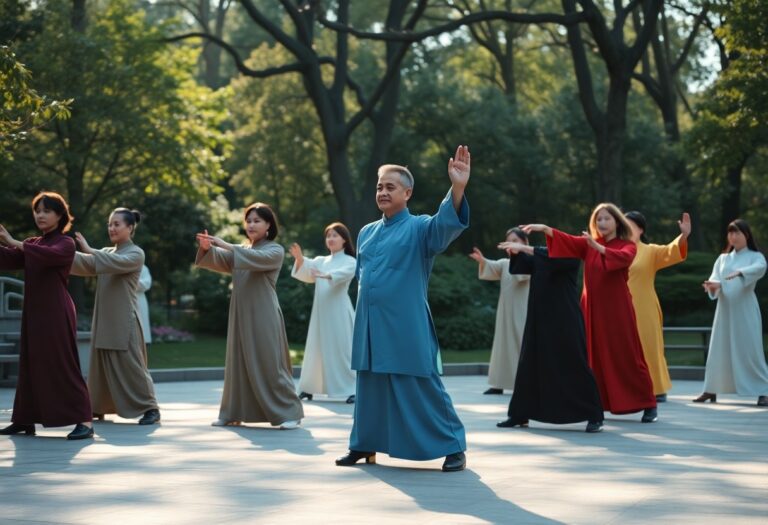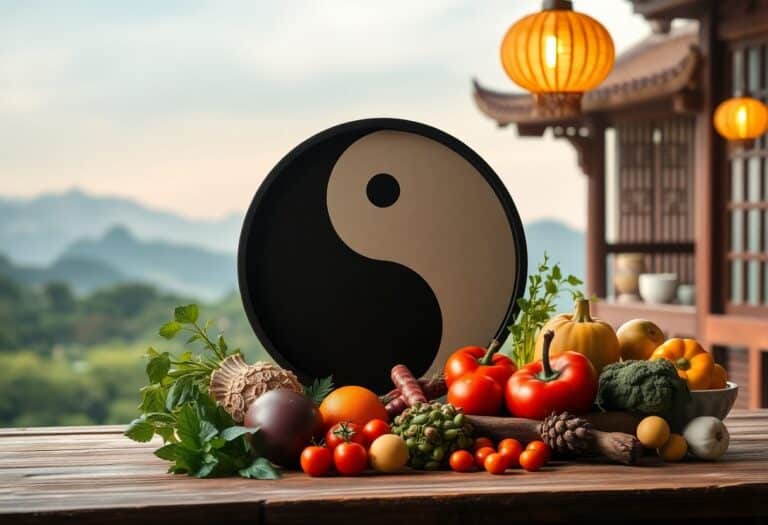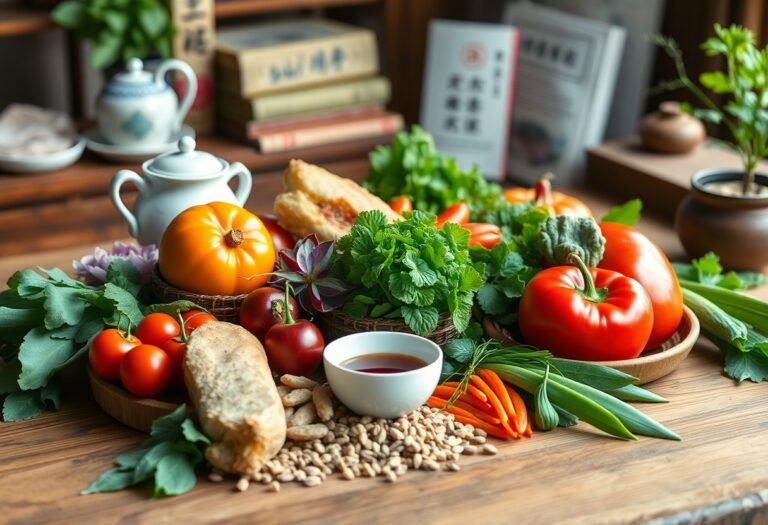Exploring the Double Ninth Festival: Traditions and Celebrations
The Double Ninth Festival, also known as Chongyang Festival, is a significant occasion celebrated on the ninth day of the ninth lunar month in the Chinese calendar. This rich cultural event encompasses a myriad of traditions, including hiking, chrysanthemum appreciation, and honoring ancestors. Over the centuries, this festival has evolved, yet it retains its essence, emphasizing the importance of family, nature, and health. As we delve into the historical roots and celebrations associated with the Double Ninth Festival, we uncover its deep connection to Chinese culture and the values it promotes in society.
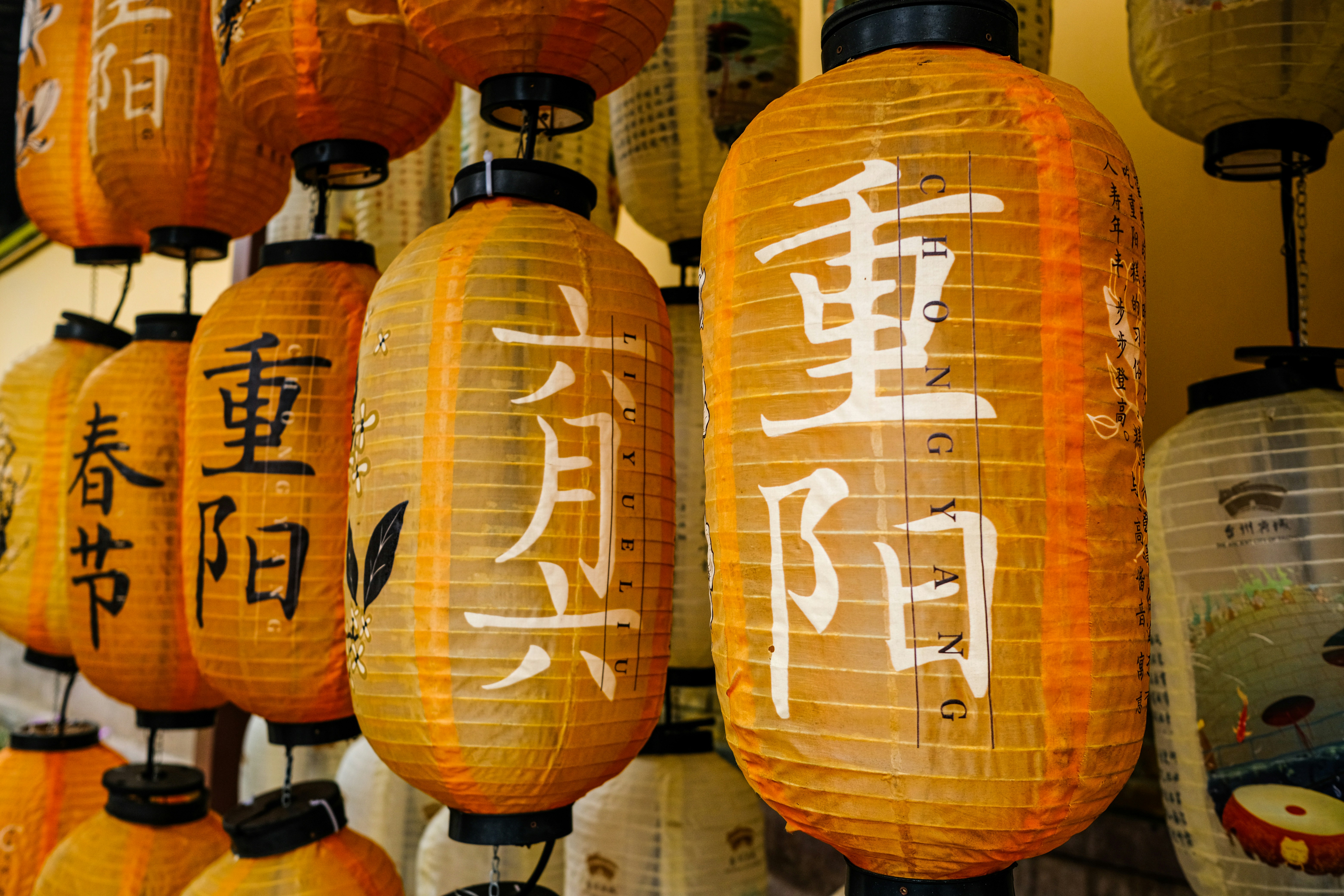
Introduction to the Double Ninth Festival
Historical Background of the Festival
The origins of the Double Ninth Festival can be traced back to the Eastern Han dynasty (25–220 AD). It is celebrated on the ninth day of the ninth lunar month, a date that resonates with the principles of yin and yang, marking the significance of the double ninth day. The number nine is associated with yang energy, making the double nine date particularly auspicious for various cultural practices. Historical texts reveal that this festival was recognized officially during the Tang dynasty (618–907 AD), marking its significance in Chinese heritage. Over time, it has become a day for honoring ancestors and celebrating nature, emphasizing the importance of family ties and the appreciation of the environment in Chinese culture.
Significance of the Double Ninth Festival
The Double Ninth Festival holds profound cultural significance, primarily as a day dedicated to honoring the elderly and ancestors. Known as the Senior Citizens' Festival, it emphasizes respect and care for older generations. The number nine symbolizes longevity in Chinese culture, making this festival a heartfelt occasion to wish for health and long life for the elderly. Additionally, the customs of hiking and enjoying chrysanthemum flowers highlight a celebration of nature and the changing seasons, embodying the spirit of the occasion for hiking. Engaging in these practices reinforces the connection between cultural traditions and the environment, embodying the essence of gratitude and respect for life.
Overview of Celebrations
Celebrations of the Double Ninth Festival encompass a variety of customs, including mountain climbing, chrysanthemum appreciation, and ancestor worship. Families often gather to hike, symbolizing the desire to overcome challenges and reconnect with their heritage. Traditional foods, such as the Chongyang cake—often layered and decorated—are enjoyed alongside drinking chrysanthemum wine, which is believed to offer health benefits. This festival is also a time for poetry, where many recite verses that reflect themes of longing and remembrance, particularly during family gatherings, often accompanied by the flying kites. The blending of these customs creates a vibrant tapestry of celebration that honors both the past and the present.
Customs Associated with the Double Ninth Festival
Climbing Mountains and its Symbolism
Mountain climbing is a central custom of the Double Ninth Festival, also known as the Height Ascending Festival. This tradition is believed to have originated during the Eastern Han dynasty, where it was thought that climbing to high places could help avoid disasters and plagues. The act of ascending symbolizes overcoming difficulties and gaining a broader perspective on life. Participants often carry dogwood leaves, which are believed to ward off evil spirits, and drink chrysanthemum wine to enhance their experience. Hiking together fosters family bonding while allowing individuals to appreciate the beauty of nature. This celebration has become a day to drive away danger, as families seek out scenic mountains to reflect on their ancestral heritage and connect with the natural world around them.
Chrysanthemum Appreciation
Chrysanthemum appreciation is a key aspect of the Double Ninth Festival, reflecting the flower's symbolism of longevity and resilience. The custom of enjoying chrysanthemums dates back to the Three Kingdoms period, where poets would compose verses while admiring the blooms. During the festival, families often gather to drink chrysanthemum wine, made from the flowers, believed to have purifying properties and health benefits. This practice has evolved into a cultural celebration, with many regions hosting chrysanthemum exhibitions and competitions. Children learn poems about chrysanthemums, deepening their understanding of this flower's significance in Chinese culture. The chrysanthemum festival is not just an occasion for aesthetic enjoyment; it serves as a reminder of the beauty of life and the importance of appreciation in the face of adversity.
Traditional Foods and Offerings
Traditional foods associated with the Double Ninth Festival include the Chongyang cake, which is often layered and decorated to symbolize height and prosperity. This cake can be made with various ingredients, such as red bean paste and fruits, making it a delightful treat during family gatherings. Another important food is chrysanthemum wine, consumed to bring health benefits and good fortune. Families also prepare food offerings for their ancestors, which may include roast suckling pig and fruits, as part of their remembrance and respect for family heritage. The festival is also marked by making flower cakes, a practice that emphasizes the connection between culinary art and cultural traditions. Sharing these foods strengthens familial bonds and reinforces the values of respect, gratitude, and the joy of togetherness during this auspicious occasion.
Poetry and the Double Ninth Festival
Historical Poems Celebrating the Festival
Poetry has been an integral part of the Double Ninth Festival, with historical verses celebrating the themes of longing and remembrance. One notable poet, Wang Wei from the Tang dynasty, conveyed profound feelings of homesickness in his poetry, which resonates deeply with the essence of this festival. His works often reflect the act of climbing mountains, a significant custom of the Double Ninth Festival, intertwined with thoughts of family and ancestors. The tradition of reciting such poems during the festival fosters a sense of connection to cultural heritage, allowing participants to reflect on their familial bonds. As these historical poems are shared, they reinforce the rich tapestry of Chinese literature and the emotional depth of the Double Ninth Festival, highlighting its importance in honoring the past.
Modern Interpretations of Festival Poetry
In contemporary times, poetry created during the Double Ninth Festival embraces both traditional themes and modern experiences. Poets today draw inspiration from classic verses, weaving in sentiments related to family, nature, and remembrance that resonate with the challenges of today’s society, much like the works of a man named Zhu Yu. The festival has evolved into a vibrant platform for poetry competitions and public readings, encouraging community engagement and sparking interest among younger generations. This modern interpretation showcases the adaptability of the Double Ninth Festival, as it remains relevant in an ever-changing world. By fostering a spirit of creativity, contemporary poets are not only keeping the tradition alive but also enriching it, ensuring that the essence of the festival continues to inspire artistic expression.
Poetic Traditions and Their Impact
The enduring poetic traditions associated with the Double Ninth Festival have significantly shaped Chinese literature and culture. The festival has inspired countless works that delve into themes of nostalgia, familial connections, and the passage of time, making it a rich source of inspiration for writers and artists alike. These poems serve as a means for individuals to articulate their emotions and reflect on their heritage, thereby preserving the significance of the Double Ninth Festival. As poetry intertwined with the festivities continues to thrive, it encourages both traditional and modern artists to explore new forms of expression. This dynamic interplay of past and present reflects the festival's role in fostering cultural continuity, ensuring that the values and memories of the Double Ninth Festival are cherished by future generations.
Conclusion: The Double Ninth Festival Today
Contemporary Celebrations and Variations
Today, the Double Ninth Festival is celebrated with a blend of traditional customs and contemporary practices. While the core activities, such as mountain climbing and chrysanthemum appreciation, remain unchanged, modern celebrations have evolved to include community events, cultural performances, and educational activities aimed at younger generations. In urban areas, the festival is often marked by public gatherings that showcase the significance of respecting elders and honoring ancestors. Exhibitions featuring the history and traditions of the festival further enrich the celebrations. Families engage in hiking and drinking chrysanthemum wine, reinforcing their bonds while appreciating nature. This adaptability of the festival ensures its continued relevance in a rapidly changing world, emphasizing the importance of preserving cultural heritage while embracing modernity.
The Festival's Importance in Modern Society
The Double Ninth Festival plays a crucial role in modern society as a reminder of family values, respect for the elderly, and appreciation of nature. In today's fast-paced environment, this festival serves as an opportunity for families to come together, reflect on their heritage, and engage in meaningful traditions. It fosters connections across generations, as children learn about the customs associated with the day of the ninth lunar month. Engaging in activities such as hiking and enjoying the beautiful chrysanthemum flowers promotes well-being and a sense of community spirit. This festival not only honors ancestral roots but also encourages individuals to pause and reflect on what truly matters, thereby reinforcing the essence of respect and gratitude in a contemporary context.
Preserving the Traditions for Future Generations
Preserving the traditions of the Double Ninth Festival is essential for maintaining cultural identity and continuity. Communities are taking proactive steps to educate younger generations about the significance of the festival, incorporating it into school curricula and community programs. By fostering an appreciation for the customs and values associated with the festival, such as making flower cakes and drinking chrysanthemum wine, we ensure that these practices are passed down and celebrated in the future. The festival's continued relevance reflects the enduring nature of cultural traditions in a globalized world. As families gather to celebrate the day of the ninth month in the Chinese calendar, they reinforce the values of respect, love, and connection that have characterized the Double Ninth Festival for centuries.
Q: What is the Double Ninth Festival also called?
A: The Double Ninth Festival is also called the Chongyang Festival.
Q: When is the Double Ninth Festival observed?
A: The Double Ninth Festival is observed on the ninth day of the ninth month of the lunar calendar.
Q: What are some traditional activities associated with the Double Ninth Festival?
A: Traditional activities include hiking, appreciating chrysanthemums, and consuming chrysanthemum tea.
Q: What is the significance of the number nine in the Double Ninth Festival?
A: The number nine is associated with longevity in Chinese culture, and the festival is celebrated on the ninth day to promote health and well-being.
Q: What are some foods typically consumed during the Double Ninth Festival?
A: Typical foods include chrysanthemum cake, also called the flower cake, and five-color cake.
Q: How did the Double Ninth Festival originate?
A: The Double Ninth Festival may have originated as a day for honoring ancestors and became a day of celebration for senior citizens.
Q: Is the Double Ninth Festival celebrated in other cultures?
A: Yes, Koreans celebrate a similar festival called Jungyangjeol, which shares some traditions with the Double Ninth Festival.
Q: What role do chrysanthemums play in the Double Ninth Festival?
A: Chrysanthemums are central to the festivities, symbolizing longevity, and are often used in tea and food preparations.
Q: Are there any medicinal aspects associated with the Double Ninth Festival?
A: Yes, chrysanthemums are used in traditional Chinese medicine, and drinking chrysanthemum tea is believed to have health benefits.
Q: How does the Double Ninth Festival compare to other Chinese festivals?
A: The Double Ninth Festival is unique as it focuses on honoring senior citizens and the themes of longevity, contrasting with other Chinese festivals like the Mid-Autumn Festival, which celebrates harvest and reunion.
